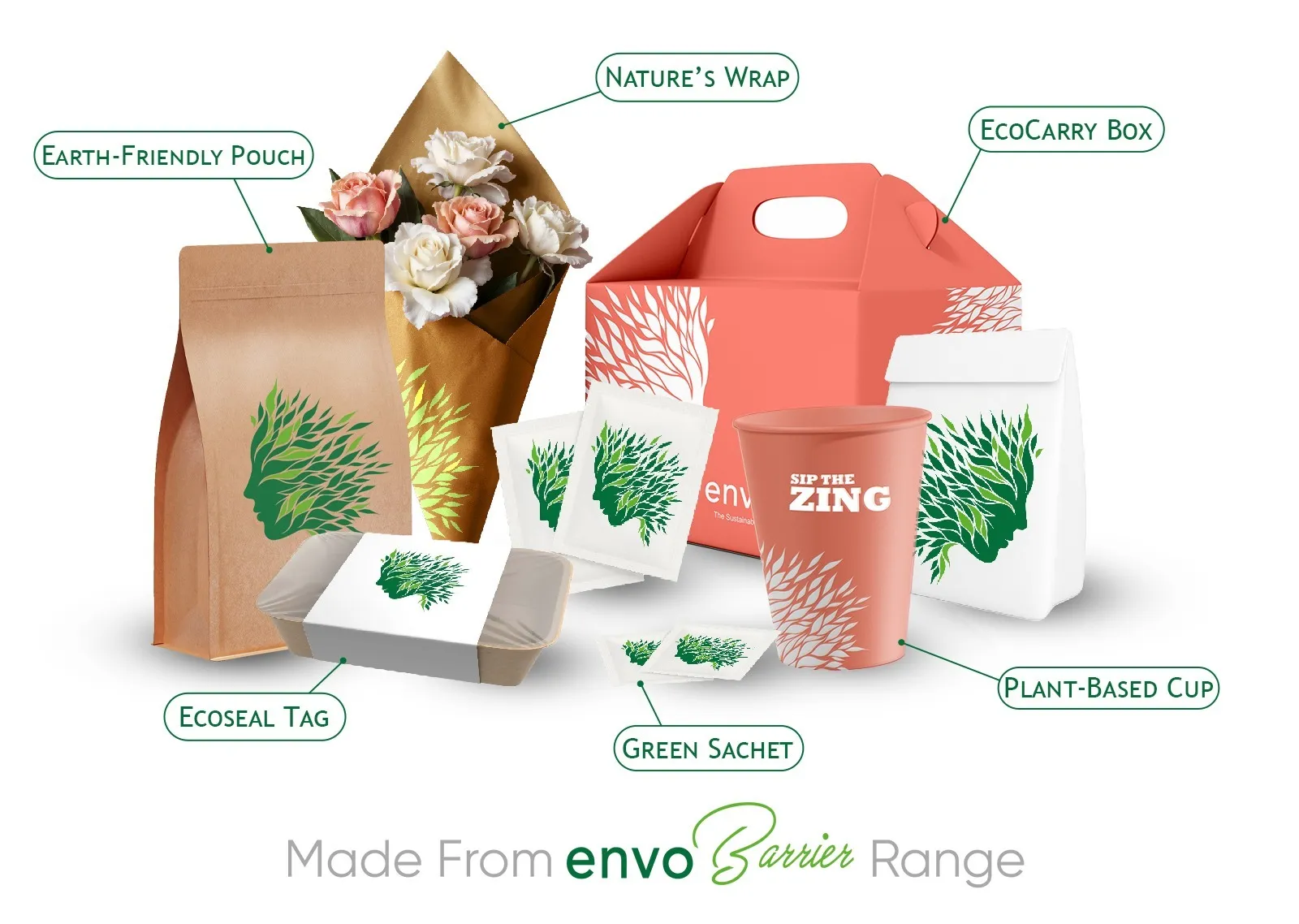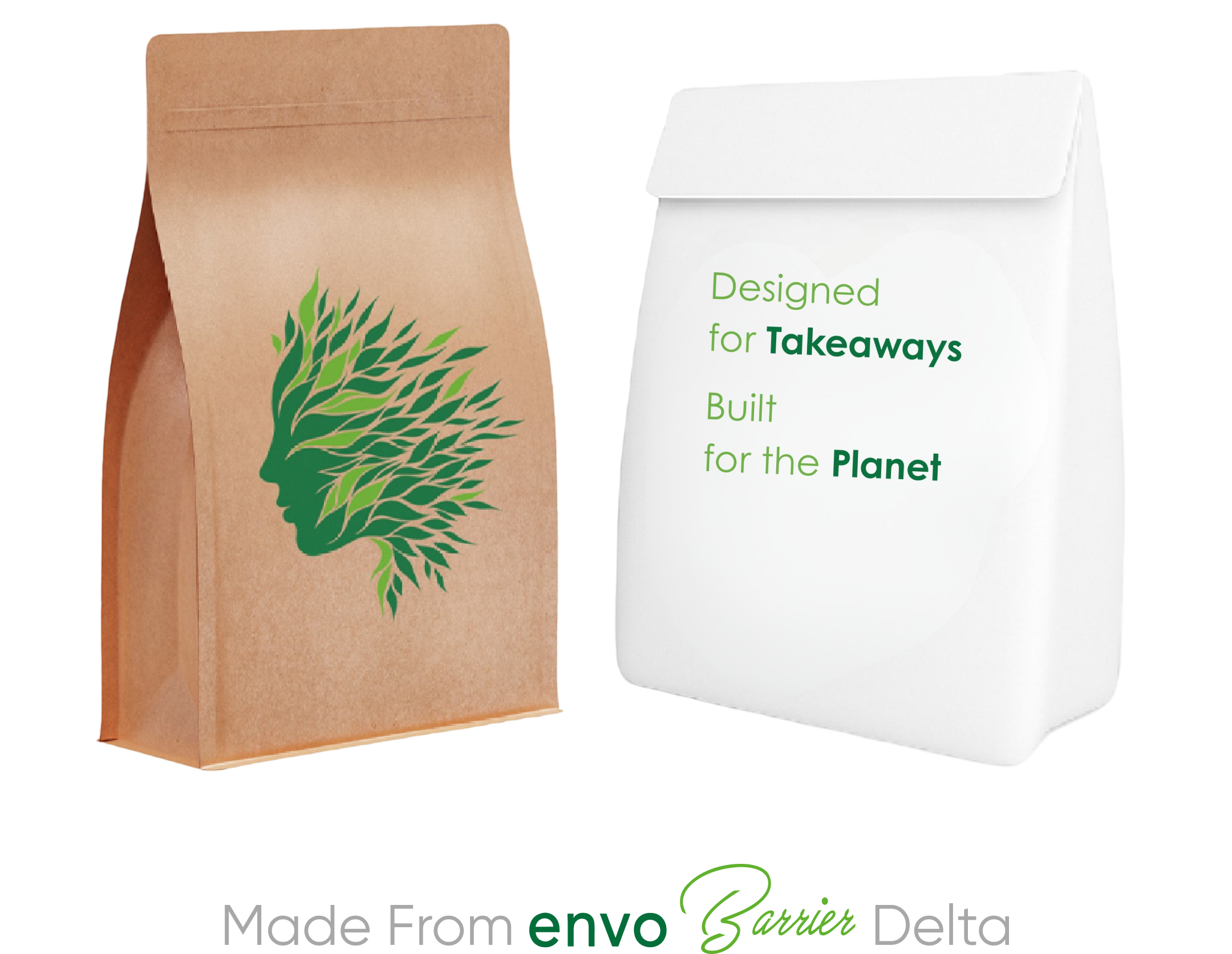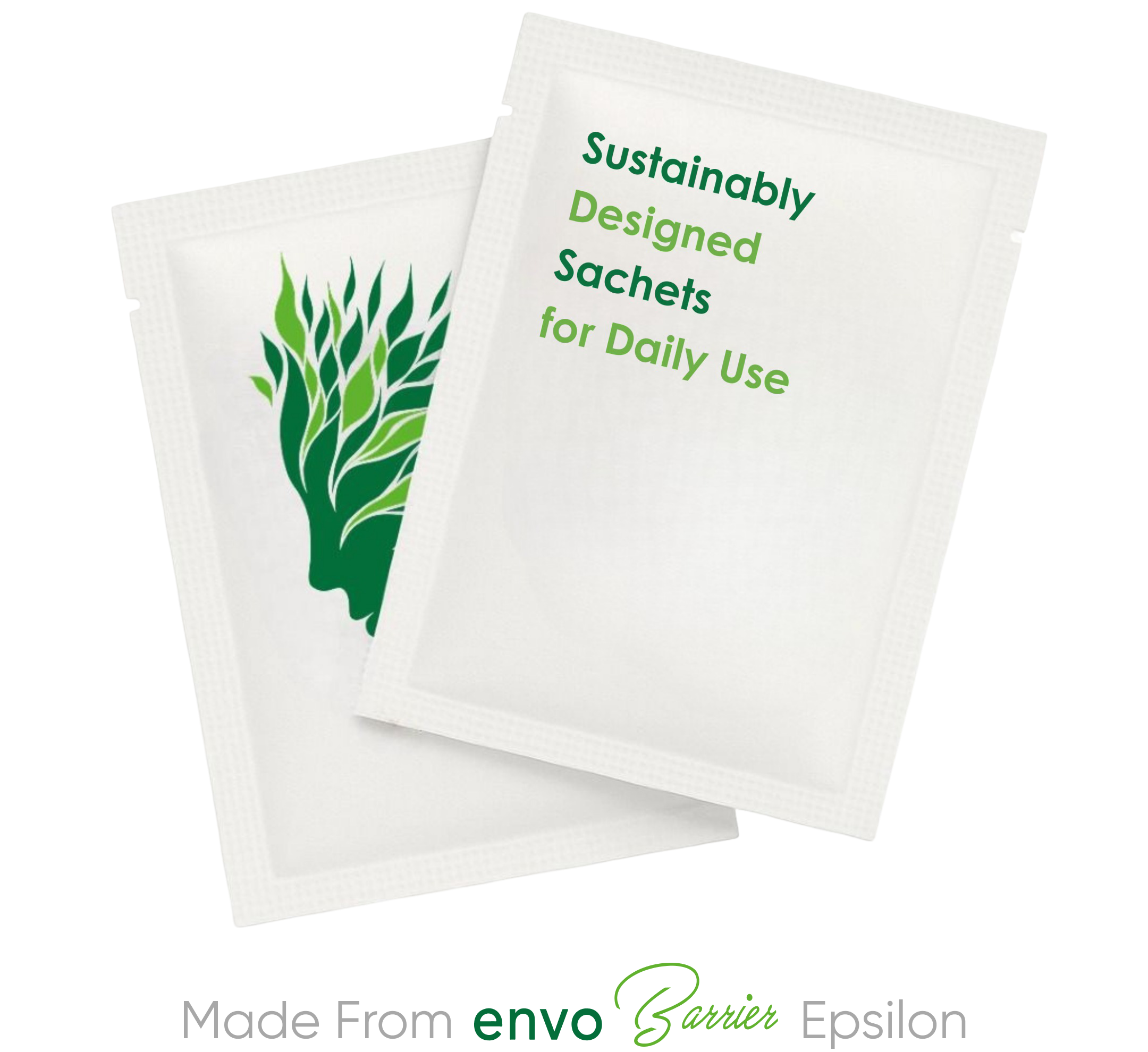Bold Move for Planet: Choose envoPAP Packaging
Welcome to a new era of sustainable packaging! At envoPAP, we're revolutionizing the industry with our groundbreaking materials that are as kind to the planet as they are effective for your business. In response to the global plastic crisis and deforestation, we've harnessed the power of agricultural residue and biopolymers to create innovative packaging solutions that are both eco-friendly and commercially viable.
Our latest range includes:
- Premium barrier materials that effectively replace single-use PE linings and aluminum in flexible packaging
- The envoBarrier range, offering superior strength and resistance to moisture and grease - perfect for hot and cold beverages
- Sustainable alternatives to traditional printing and packaging products, with a significantly reduced environmental footprint.
By utilizing renewable agro-fibres instead of wood or single-use plastics, we're not just meeting global sustainability standards - we're setting new ones. Join us in our mission to combat plastic pollution and create a greener future, one package at a time.

.svg)




























.png)


.png)
.png)







.webp)
.webp)


















.jpg)














